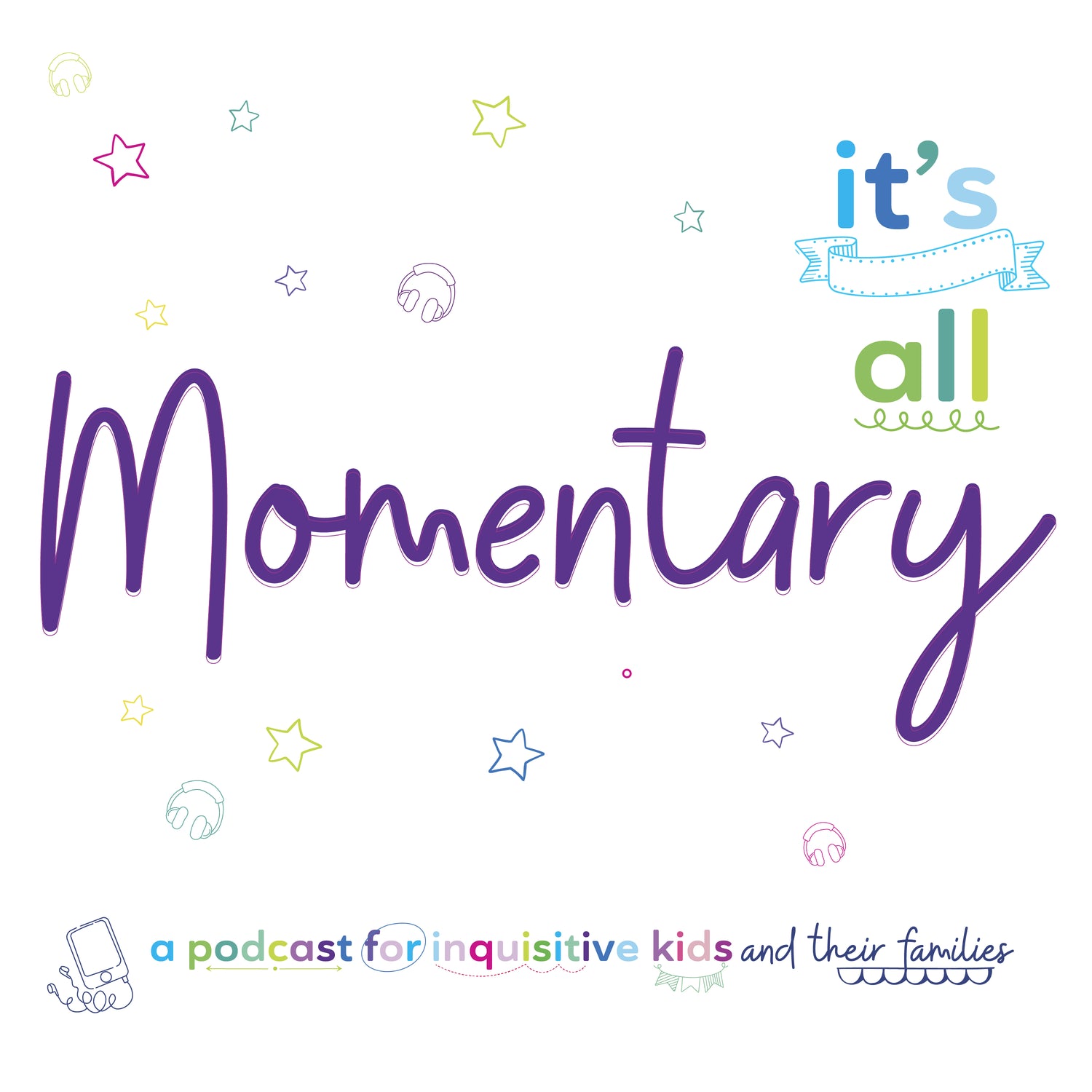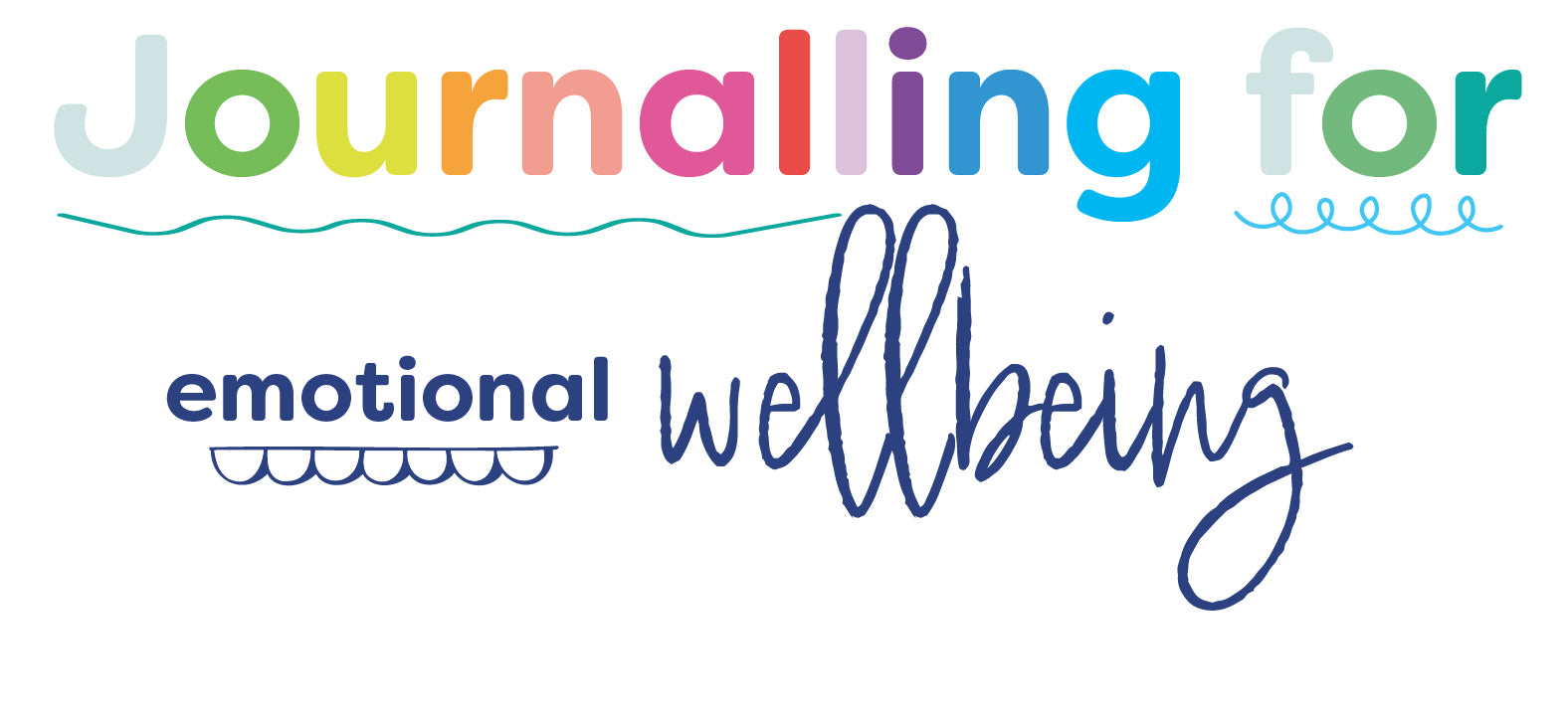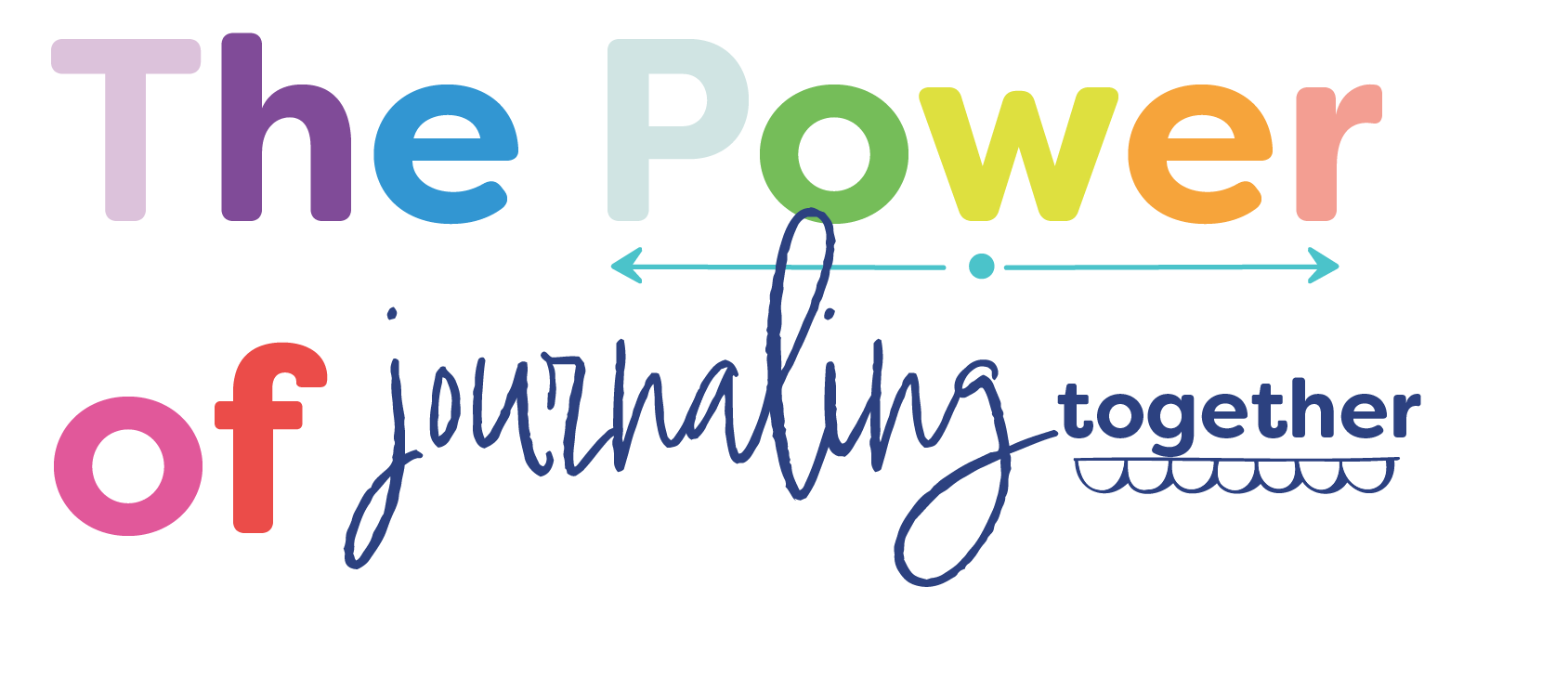All of us, including our children, understand language is more than just speaking. It starts with our mood and extends to our body language and tone of voice.
So let’s look at three simple ways to set up clear and open communication patterns with your children in their early years. Which will help them throughout their lifelong journey of communication and deepen your bond with them along the way.
With active listening, intention is everything
Imagine you’re sitting at the dinner table, after a long day at work and you’re together with your child, you’re ready to share your daily moments together when suddenly they change their focus and start watching TV instead. Disappointing, yes?
Your child feels exactly the same way when we have our phone in our hand as they leave the classroom in the afternoon. It’s something we all do, even without thinking, but I encourage you to ensure you meet your children's eye contact when they offer it. This first step is simple but meaningful– and will allow both of you to engage with intention through the simple act of eye contact.
It sends a powerful message that you're fully present and invested in the moment, creating a sacred space where your child feels valued, and a more authentic connection.
Share relatable stories
Moving on to the second step, sharing relatable scenarios which lead to meaningful conversations.
Instead of the routine "How was school?" It's time to take a more engaging approach.
Then it’s up to you what you share with your child about your own day. Be sure to make it age appropriate and engaging. More than anything, your child wants to know how you spend your time when they’re not around.
Ask them a range of engaging questions, from who did they sit with at lunch, to did the teacher say anything confusing during the day. This shift in dialogue encourages your child to express themselves fully, allowing for a deeper understanding and connection between both of you.
Validate their emotions
Our final step draws on expert advice, emphasizing the far-reaching impact of validating emotions.
Try to remember a recent moment when your child is upset.
Instead of dismissing their feelings, by saying “it’s just..” or “you’ll be ok” respond with empathy.
It’s as simple as saying "I can see that really bothered you. Can you share more about how you're feeling?"
Validating your child's emotions is a fundamental building block of open communication. By allowing them to take up the space when they’re feeling something, you are nurturing that connection built on understanding and compassion.
Active Listening doesn't have to be difficult
It can seem overwhelming to implement all of these steps every time, and in every conversation.
Please remember these are more than just techniques – they are tools to building a stronger, more connected relationship with your child. But you will not get it right every time, and that is ok. There will be times when you are dismissive or uninterested, instead of avoiding these - open to dialogue with your child and take ownership.
As a parent, authenticity and understanding are the two most powerful skills we can posses but active listening becomes the cornerstone of creating moments that matter.
So, together we can find moments of intentional engagement, curious conversations, and empathetic validation. Your parent child bonds will be stronger and more elastic with each passing day.



